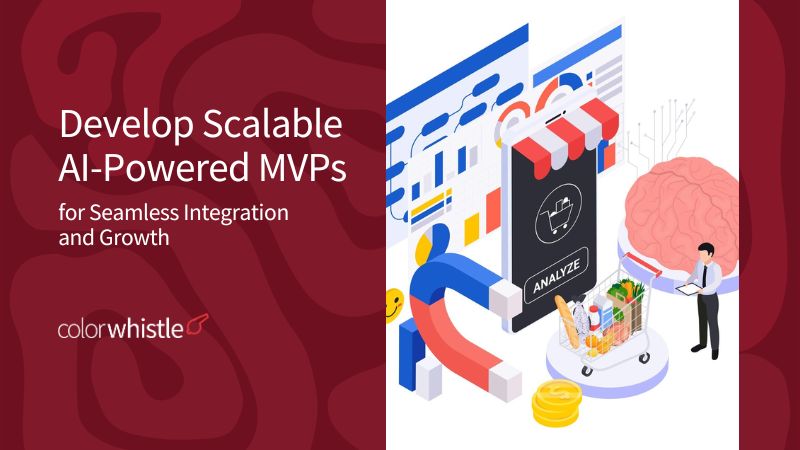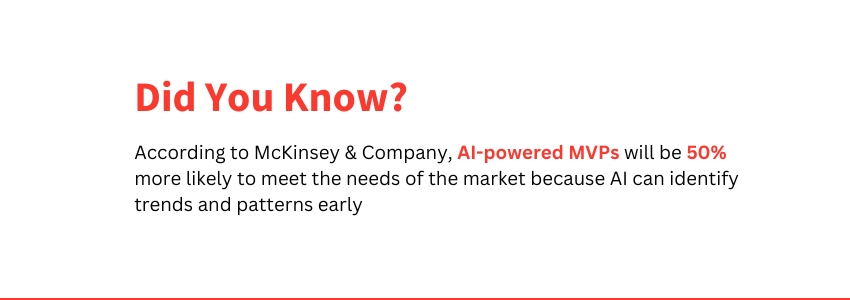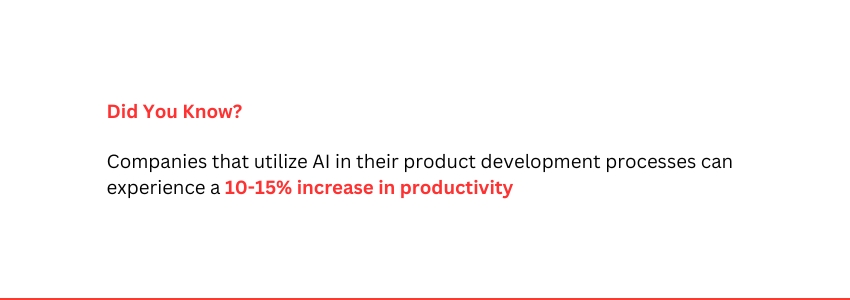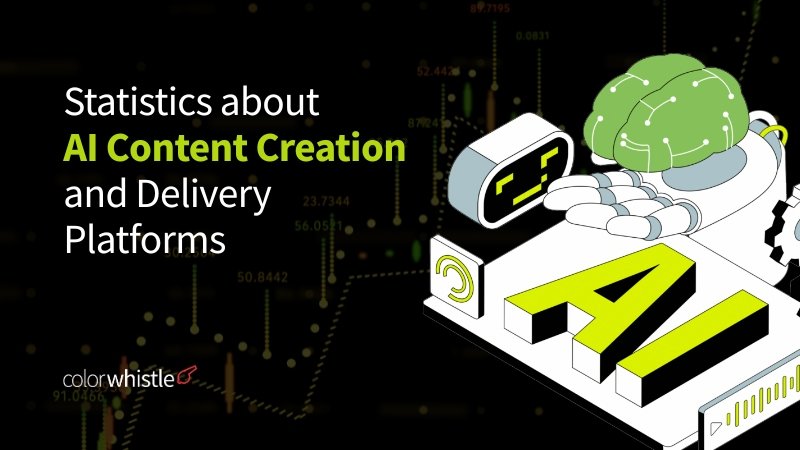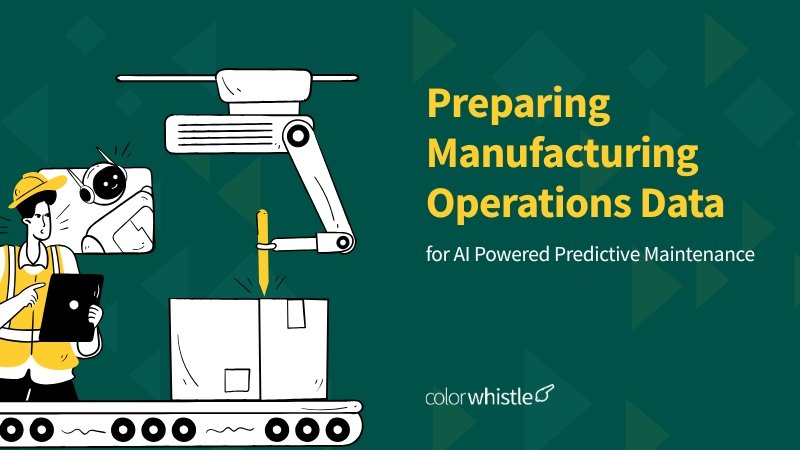So, you’ve got a brilliant idea for a product, and you’re ready to bring it to life. But here’s the catch: simply building a basic MVP (Minimum Viable Product) isn’t enough today.
Enter AI-powered MVPs,smarter, faster, and more efficient versions of your idea that leverage artificial intelligence to solve real-world problems.
But why stop there? Scalability and seamless integration are the secret sauce that ensures your MVP can grow with your business and work effortlessly with existing systems.
Think about it: would you rather build a product that crashes under pressure or one that scales smoothly as your user base grows?
And while you’re at it, why not make it integrate seamlessly with your current tools and workflows?
That’s where an AI app development company can be a game-changer, helping you navigate the complexities of AI development while keeping your goals in focus.
In this blog, we’ll walk you through a step-by-step guide to developing scalable AI-powered MVPs that validate your idea and set the stage for long-term growth.
Whether you’re a startup founder, a product manager, or AI-curious, this guide is your roadmap to building smarter, future-proof solutions. Let’s dive in!
What is an AI-powered MVP?
An AI-powered MVP (Minimum Viable Product) is a basic version of a product enhanced with artificial intelligence. It uses AI to automate tasks, provide insights, or improve user experiences, helping businesses test ideas quickly and efficiently while laying the foundation for scalable growth.
How AI Enhances MVPs
AI transforms traditional MVPs by adding automation, predictive analytics, and intelligent decision-making. For instance, automation streamlines repetitive tasks, predictive analytics forecasts user behavior, and AI-driven insights enable smarter, data-backed decisions. This not only improves functionality but also delivers a more personalized and efficient user experience.
Examples of AI-powered MVPs
Healthcare: AI-powered apps like Babylon Health use chatbots to check and triage symptoms.
E-commerce: Platforms like Stitch Fix leverage AI to recommend personalized fashion choices.
Finance: Apps like Cleo use AI to analyze spending habits and offer budgeting advice.
These examples show how AI can turn a basic MVP into a powerful, scalable solution.
Why Scalability Matters in AI-Powered MVPs
Scalability isn’t just a buzzword,it’s the backbone of any successful product. In the world of AI-powered MVPs, scalability ensures your solution can grow alongside your business, handling more users, data, and features without breaking a sweat. Think of it as future-proofing your MVP: if your user base doubles overnight or your data volume skyrockets, a scalable system adapts effortlessly.
But what happens if you ignore scalability? Picture this: system crashes during peak traffic, skyrocketing infrastructure costs, or a frustrating user experience that drives customers away. These risks can derail even the most promising products.
In short, scalability isn’t optional,it’s essential. By building a scalable AI-powered MVP, you’re not just solving today’s problems; you’re preparing for tomorrow’s opportunities.
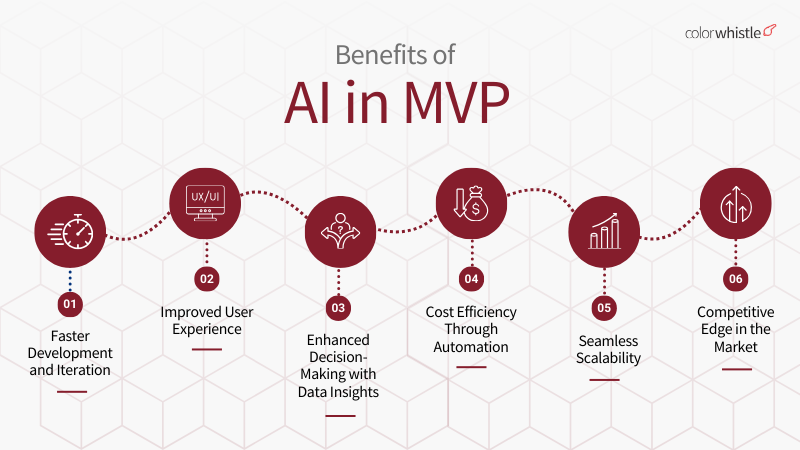
Steps to Develop a Scalable AI-Powered MVP
Building a scalable AI-powered MVP might sound complex, but breaking it down into clear steps makes it manageable and effective. Here’s a complete guide to walk you through the process:
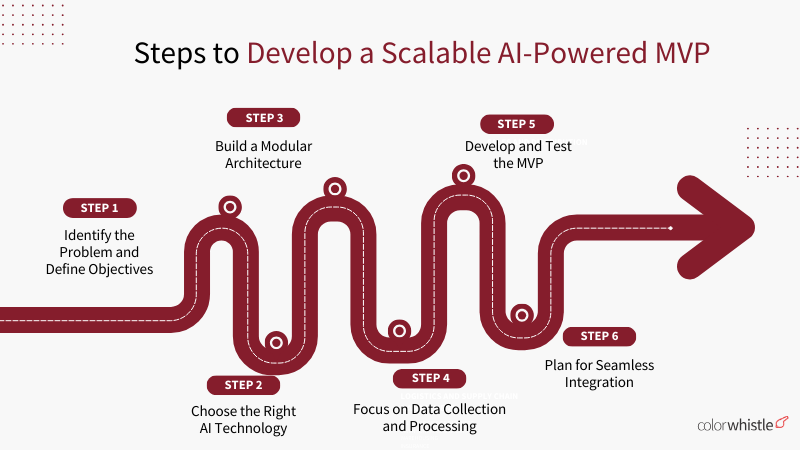
Step 1: Identify the Problem and Define Objectives
Before diving into development, understand your target audience and their pain points. What problem are you solving? Who will benefit from your solution? Once you’ve identified the core issue, set clear goals for your MVP. For example, are you aiming to automate a process, improve decision-making, or enhance user engagement? Defining these objectives early ensures your MVP stays focused and impactful.
Step 2: Choose the Right AI Technology
Not all AI tools are created equal. Explore options like machine learning, natural language processing, or computer vision, depending on your needs. For instance, if your MVP involves chatbots, natural language processing (NLP) might be the way to go. The key is to select technologies that align with your objectives and can scale as your product grows.
Step 3: Build a Modular Architecture
A modular architecture is like building with LEGO blocks,each piece is independent but fits seamlessly into the bigger picture. Design your MVP with modular components so you can update or scale individual features without overhauling the entire system. Pair this with cloud-based solutions (like AWS or Google Cloud) for flexibility and scalability, ensuring your product can handle growth without hiccups.
Step 4: Focus on Data Collection and Processing
AI thrives on data, but not just any data,high-quality data. Ensure your data is clean, relevant, and abundant to train your AI models effectively. Next, set up efficient data pipelines to process information in real time. This step is crucial for AI-powered MVPs, as it ensures your system can handle large volumes of data while delivering accurate insights.
Also Read
Step 5: Develop and Test the MVP
Now comes the fun part,building your MVP! Start with the core features that address the primary problem, then integrate your chosen AI capabilities. But don’t stop there. Rigorous testing is essential to ensure your MVP functions smoothly, performs well under pressure, and scales as expected. Test for functionality, performance, and scalability to avoid costly fixes later.
Step 6: Plan for Seamless Integration
Your AI-powered MVP shouldn’t exist in a vacuum. Ensure it’s compatible with existing systems and tools your audience already uses. Leverage APIs and microservices to enable smooth integration, making it easier for users to adopt your solution without disrupting their workflows.
By following these steps, you’ll create a scalable AI-powered MVP that not only solves immediate problems but also grows with your business. Whether you’re a startup founder or a product manager, this structured approach ensures your MVP is built to last,and thrive.
Ensuring Seamless Integration
When building an AI-powered MVP, integration is the glue that holds everything together. It ensures your product works harmoniously with existing systems, tools, and workflows, delivering a cohesive user experience. Without seamless integration, even the most advanced AI features can feel disconnected or cumbersome to use.
Why Integration Matters?
Imagine using a new app that doesn’t sync with your calendar, email, or CRM. Frustrating, right? Integration ensures your MVP fits naturally into your users’ existing ecosystem, making it easier to adopt and use. It also enhances efficiency by automating data flow between systems, reducing manual work, and minimizing errors.
Tips for Integrating AI-Powered MVPs
Connect with Third-Party Platforms:
- Identify the tools your audience already uses (e.g., Slack, Salesforce, or Google Workspace)
- Build integrations that allow your MVP to communicate with these platforms effortlessly
Sync with Databases:
- Ensure your MVP can access and update relevant databases in real time
- Use secure protocols to protect sensitive data during transfers
Adapt to Workflows:
- Study your users’ workflows and design integrations that enhance, not disrupt, their processes
- For example, if your MVP automates task management, integrate it with project management tools like Trello or Asana
Did You Know?
AI-driven tools can significantly streamline the MVP development process by automating routine tasks, leading to a reduction in human error and allowing developers to focus on innovation
The Role of APIs, SDKs, and Middleware in Scalable AI-Powered MVPs
- APIs (Application Programming Interfaces): APIs act as bridges, allowing your MVP to communicate with other software. For instance, payment gateways like Stripe use APIs to process transactions seamlessly.
- SDKs (Software Development Kits): SDKs provide pre-built tools and libraries to simplify integration. For example, using an SDK from a cloud provider like AWS can speed up connecting your MVP to cloud services.
- Middleware: Middleware acts as a translator, enabling different systems to work together. It’s especially useful when integrating legacy systems with modern AI-powered solutions.
Challenges and How to Overcome Them
Building an AI-powered MVP is exciting, but it’s not without its hurdles. Let’s break down the most common challenges and explore practical ways to tackle them, so you can keep your project on track and set it up for success.
1. Data Privacy and Security
Concerns AI systems rely heavily on data, which often includes sensitive user information. This raises concerns about data privacy and security.
How to Overcome It:
- Follow Regulations: Ensure compliance with data protection laws like GDPR or CCPA.
- Encrypt Data: Use encryption for data storage and transmission to protect sensitive information.
- Limit Access: Implement strict access controls so only authorized personnel can handle critical data.
2. High Development Costs
Developing AI-powered solutions can be expensive, especially when factoring in data collection, model training, and infrastructure.
How to Overcome It:
- Start Small: Focus on building only the core features that solve the primary problem.
- Leverage Open-Source Tools: Use free or low-cost AI frameworks like TensorFlow or PyTorch.
- Cloud-Based Solutions: Opt for pay-as-you-go cloud services (e.g., AWS, Google Cloud) to avoid upfront infrastructure costs.
3. Technical Complexity:
AI development involves advanced technologies, which can be intimidating, especially for teams without deep technical expertise.
How to Overcome It:
- Collaborate with Experts: Partner with an AI consulting company or hire experienced developers to guide the process.
- Use Pre-Built Models: Leverage pre-trained AI models (e.g., OpenAI’s GPT, Google’s Vision API) to reduce development time.
- Modular Development: Break the project into smaller, manageable components to simplify the build process.
Did You Know?
According to a 2025 Deloitte survey, 78% of startups using AI-driven MVPs reported faster time-to-market compared to those relying on traditional methods
Real-World Examples of Scalable AI-Powered MVPs
1. Netflix: Personalized Recommendations
What They Did:
Netflix started with a simple MVP that used AI to analyze user behavior and recommend personalized content. Over time, they scaled this system to handle millions of users worldwide.
Why It’s Scalable:
- Netflix’s recommendation engine was built to handle increasing data loads and user numbers
- They leveraged cloud-based solutions to scale resources up or down based on demand
- The AI models improved over time as more data was fed into the system, ensuring recommendations stayed relevant
2. Spotify: Discover Weekly
What They Did:
Spotify’s Discover Weekly feature began as an MVP that used AI to curate personalized playlists for users. It quickly became a hit, driving user engagement and retention.
Why It’s Scalable:
- Spotify built robust systems to process vast amounts of user data in real-time
- The feature was designed to work seamlessly across regions, languages, and music preferences
- Spotify continuously updated its algorithms to improve playlist accuracy and relevance
Also Read
3. Zest AI: Credit Scoring for Lenders
What They Did:
Zest AI built an MVP that used machine learning to improve credit scoring accuracy for lenders. They started small, focusing on a niche market, and scaled their solution to serve larger financial institutions.
Why It’s Scalable:
- Their AI models were designed to handle diverse datasets and evolving regulatory requirements
- Zest AI uses scalable cloud infrastructure to serve multiple clients simultaneously
- Collaborations with financial institutions helped them refine and expand their solution
Wrapping Up
Building a scalable AI-powered MVP isn’t just about creating a product,it’s about crafting a solution that grows with your business, adapts to user needs, and integrates seamlessly into existing workflows. Scalability ensures your MVP can handle growth, AI adds intelligence and efficiency, and seamless integration makes your product a natural fit for your users’ lives.
The key takeaway? Start small, but think big. Focus on solving a specific problem for your users, and design your MVP with scalability in mind. Whether you’re a startup founder, a product manager, or an AI enthusiast, the journey to building a successful AI-powered MVP begins with a single step.
Feel free to drop by our ColorWhistle page, where you can uncover the full scoop on our top-notch AI app development services. If you need expert assistance send a message or give us a call at +1 (919) 234-5140, and we’ll promptly respond to your inquiry.
Have you worked on an AI-powered MVP or have thoughts to share? We’d love to hear your experiences or answer your questions! Drop a comment below or reach out to us,let’s build smarter, scalable solutions together.
What’s Next?
Now that you’ve had the chance to explore our blog, it’s time to take the next step and see what opportunities await!

